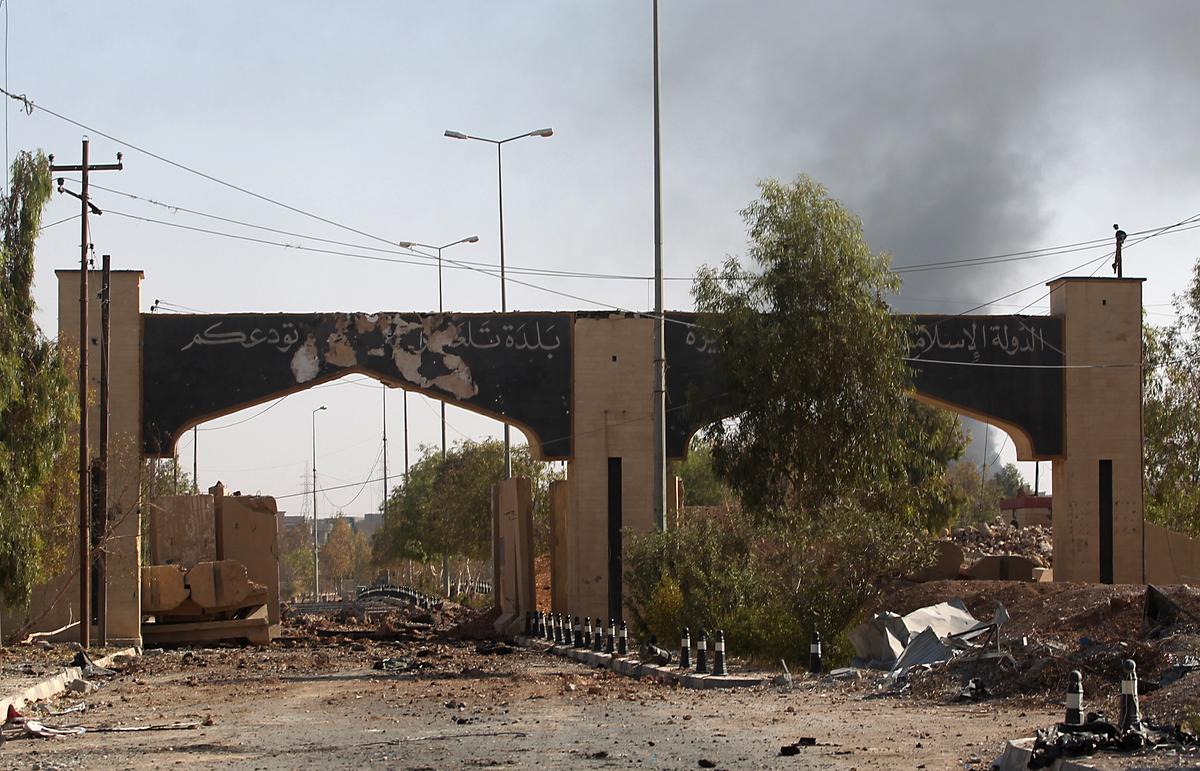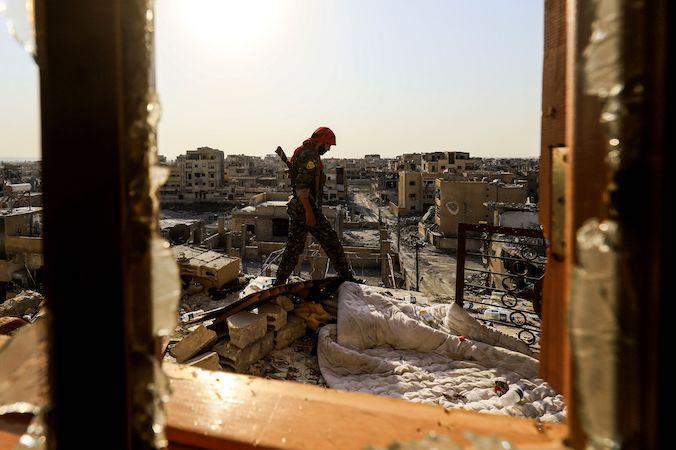Coalition forces in Syria have killed two senior ISIS leaders as the terrorist group comes under increasing pressure from Iraqi and Syrian fighters.
“The removal of these key ISIS leaders disrupts ISIS’s weapons engineering activities,” says a statement from U.S. Central Command.
One of the men, Abu Anas al-Shami, was the ISIS weapons research leader who led efforts to procure explosives and devised plans to use bombs for outside terror attacks.
“Al-Shami also oversaw the building of improvised explosives to rig corpses, vehicles and buildings against local forces and civilians to inflict terror, death and destruction,” said Central Command.
The bomb specialist was killed by a Coalition airstrike near Mayadin, Syria.
The other specialist was Junaid ur Rehman, a senior ISIS engineer and drone pilot trainer.
Rehman was developing ISIS’s ability to weaponize drones and conduct aerial surveillance both for operations on the battle field, and attacks throughout the world, said CENTCOM.
Rehman was killed by a Coalition airstrike in the village of al-Ashara, also near Mayadin.
Speaking from Baghdad Thursday morning, coalition spokesman, Col. Ryan Dillon told reporters in Washington, D.C., that events in Iraq and Syria, including the successful attacks on Rehman and al-Shami, reflected the waning strength of ISIS.
“We are witnessing the continued degradation of a morally bankrupt terrorist fighting force whose leaders are detaching, more and more often, from their foot soldiers,” he said.






